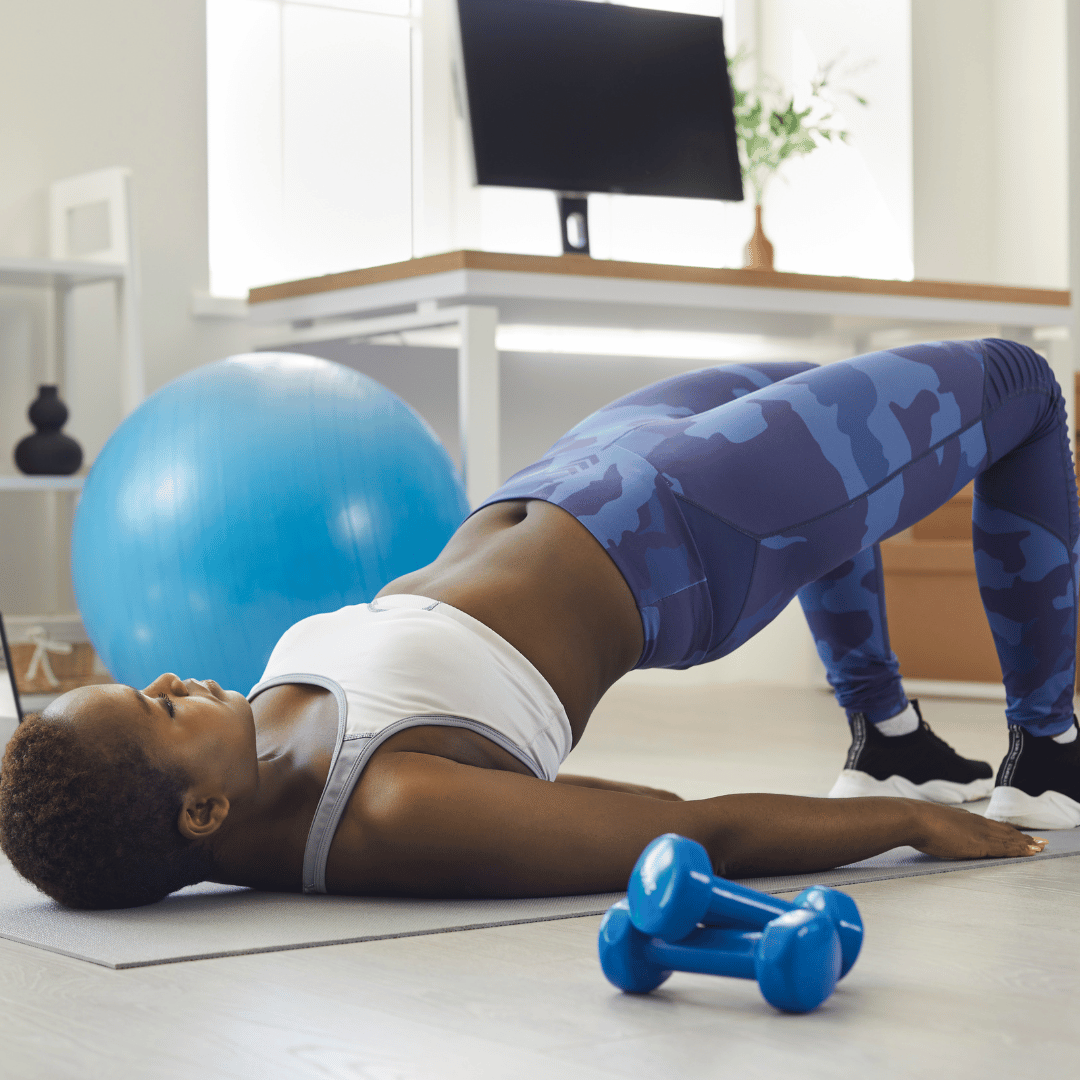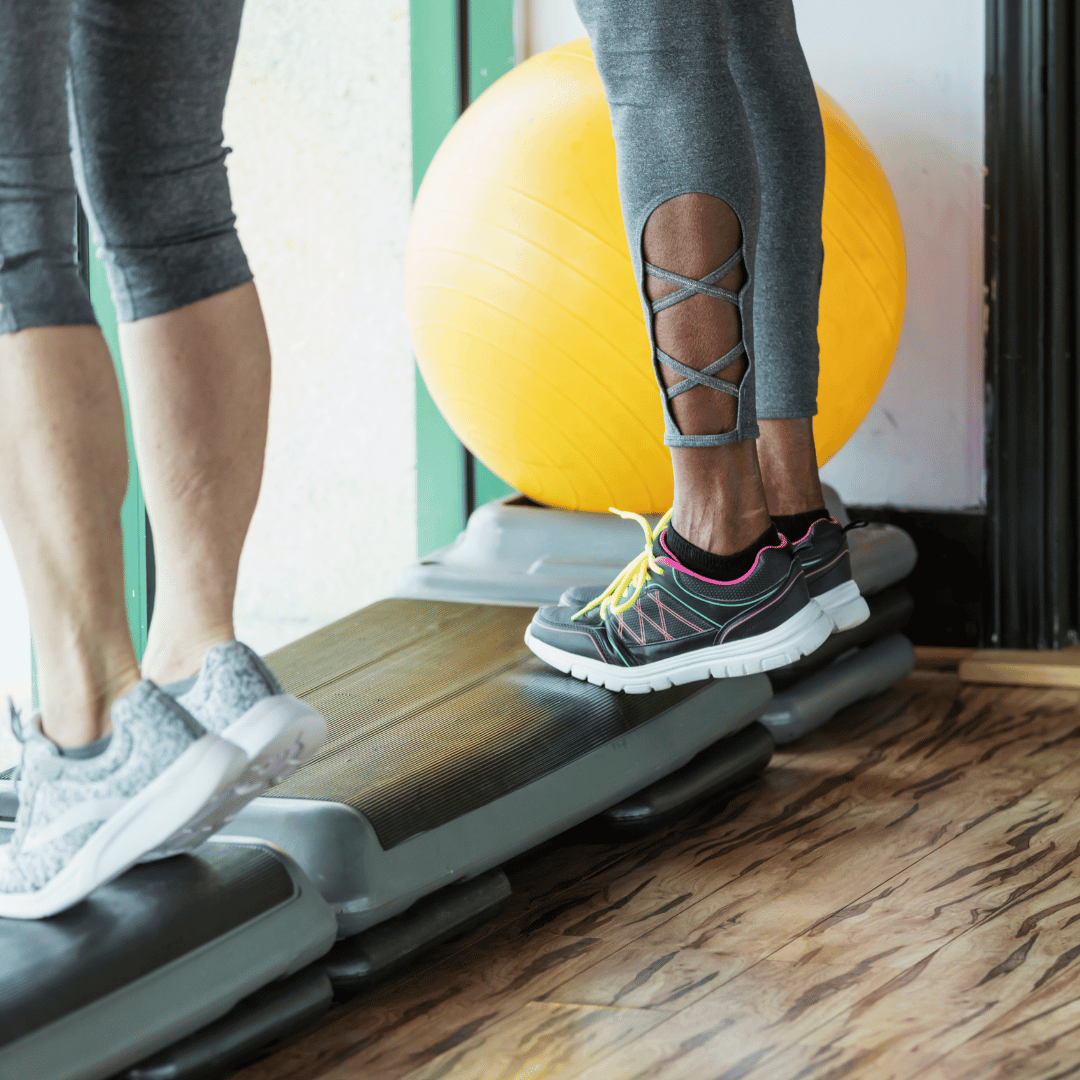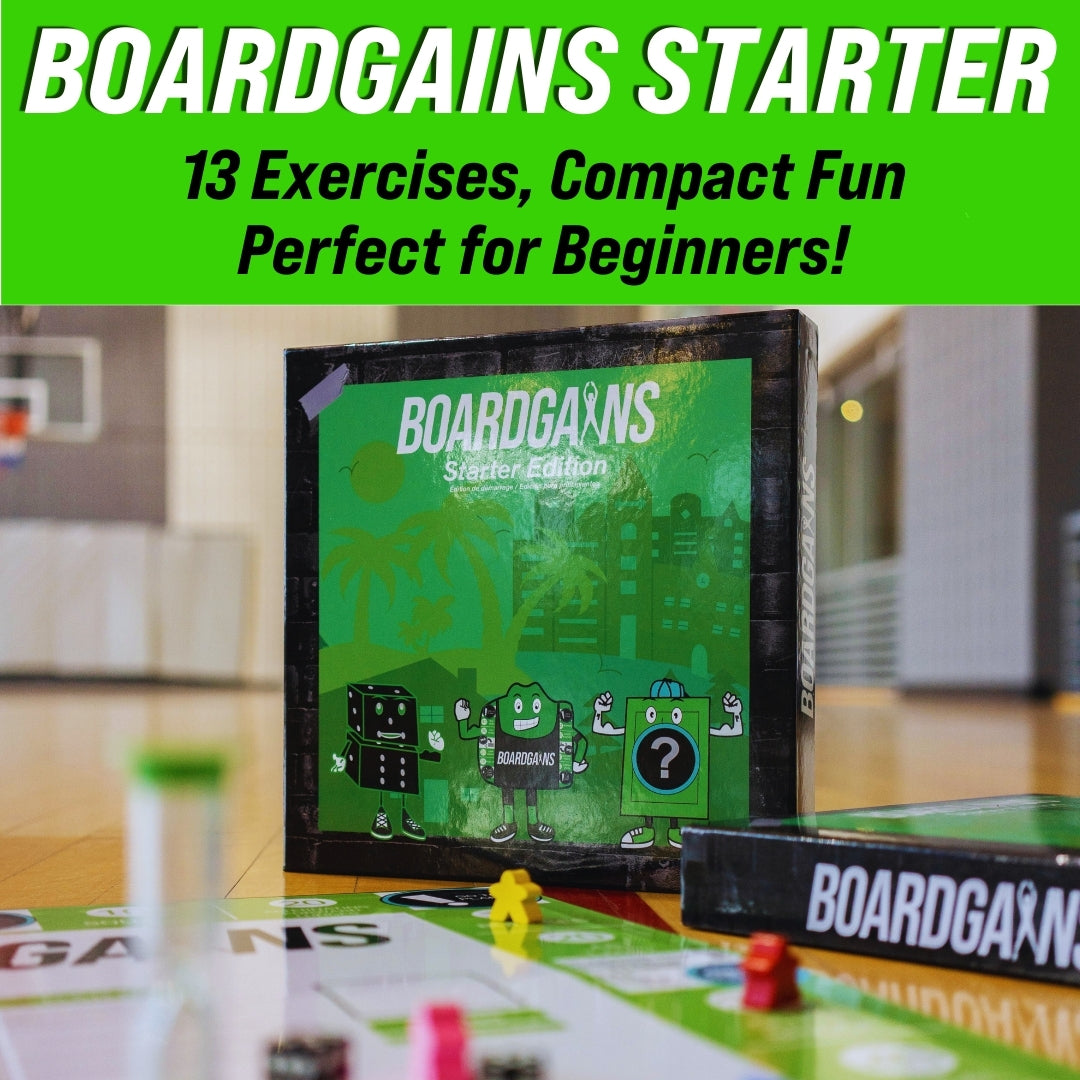Glute bridges are a popular exercise for building strength and toning the glutes and hips. Whether you are a beginner or an experienced fitness enthusiast, glute bridges can be a great addition to your workout routine. At Boardgains, we love incorporating this fun and challenging exercise into our fitness board game. Here, we'll cover the benefits, proper technique, dos and don'ts, common mistakes, tips, and more about glute bridges.
How to Glute Bridge correctly?
How To Glute Bridge (English):
- Lie on your back with bent knees hip distance apart, and feet flat on the floor.
- Place your arms at your sides with your palms facing down.
- Engage the core and squeeze your glutes as you lift your hips to a bridge. Hold and return to the floor with control.
- Repeat for the desired number of reps.
Rep Count: Each glute bridge counts as 1 rep.
What are Glute Bridges?
Glute bridges are a simple yet effective exercise that targets the glute muscles. To perform a glute bridge, you lie on your back with your knees bent and feet flat on the ground, then lift your hips up toward the ceiling. The movement should primarily come from the glutes, rather than the lower back or legs.
The Importance of Proper Form
Proper form is essential when performing glute bridges to avoid injury and maximize the effectiveness of the exercise. Some key elements of proper form include:
- Keeping your feet shoulder-width apart and your toes pointing forward
- Engaging your core muscles to stabilize your spine
- Squeezing your glutes at the top of the movement
- Lowering your hips back down to the ground slowly and under control
How to Perform a Basic Glute Bridge
- Lie on your back with your knees bent and feet flat on the ground.
- Place your arms at your sides with your palms facing down.
- Engage your core muscles to stabilize your spine.
- Squeeze your glutes and lift your hips up toward the ceiling.
- Hold the position for a few seconds, then slowly lower your hips back down to the ground.
Common Mistakes to Avoid
Some common mistakes that people make when performing glute bridges include:
- Allowing the knees to collapse inward or outward
- Arching the lower back excessively
- Relying too much on the legs to lift the hips
- Failing to engage the core muscles
Advanced Variations of the Glute Bridge
Once you've mastered the basic glute bridge, there are several variations you can try to increase the difficulty and target different parts of the glutes. These include:
- Single-leg glute bridge
- Banded glute bridge
- Weighted glute bridge
- Glute bridge march
Benefits of Glute Bridges
Glute bridges offer a wide range of benefits for people of all fitness levels. Some of the key benefits include:
- Strengthening and toning the glute muscles
- Improving posture and reducing back pain
- Enhancing athletic performance and power
- Preventing injuries by stabilizing the pelvis and hips
Incorporating Glute Bridges into Your Workouts
Glute bridges can be incorporated into a variety of workouts, including full-body strength training, lower body workouts, and glute-focused routines. To incorporate glute bridges into your workout routine, you can start by performing them as a warm-up exercise before heavier lifts, or as a standalone exercise within a lower-body or full-body workout. You can also incorporate variations of the exercise, such as single-leg glute bridges or banded glute bridges, to add more difficulty and target different areas of the glutes.
Tips for Maximizing the Effectiveness of Your Glute Bridges
To get the most out of your glute bridge exercises, it's important to focus on form and technique. Additionally, you can try the following tips to maximize the effectiveness of your glute bridges:
- Use a full range of motion, lowering your hips all the way back down to the ground
- Squeeze your glutes at the top of the movement and hold for a few seconds
- Experiment with different variations to target different areas of the glutes
- Incorporate other exercises that complement glute bridges, such as squats and lunges
Precautions and Limitations
While glute bridges are generally a safe and effective exercise for most people, there are some precautions and limitations to be aware of. If you have any pre-existing conditions or injuries, it's important to consult with a healthcare professional before starting any new exercise routine. Additionally, if you experience pain or discomfort during the exercise, it's important to stop and assess your form.
Conclusion:
n conclusion, glute bridges are an effective exercise for strengthening and toning the glutes, improving posture, reducing back pain, and enhancing athletic performance. By focusing on proper form and incorporating variations into your workout routine, you can maximize the effectiveness of this exercise and achieve your fitness goals. However, it's important to consult with a healthcare professional before starting any new exercise routine, and to listen to your body and adjust as necessary to avoid injury.
Frequently Asked Questions
What is the difference between a glute bridge and a hip thrust?
While both exercises target the glutes, the hip thrust involves more hip extension and a larger range of motion, making it a more advanced exercise. The glute bridge is a great starting point for those new to glute-focused exercises, while the hip thrust can be used to progress the movement.
How often should I do glute bridges?
The frequency with which you should perform glute bridges will depend on your individual fitness goals and workout routine. Generally, 2-3 times per week is a good starting point for most people.
Can glute bridges reduce cellulite?
While glute bridges can help to strengthen and tone the glute muscles, there is no evidence to suggest that they can reduce cellulite.
Can glute bridges help with lower back pain?
Yes, glute bridges can help to alleviate lower back pain by strengthening the muscles of the lower back and stabilizing the pelvis and hips.
How long does it take to see results from glute bridges?
The timeline for seeing results from glute bridges will vary depending on your individual fitness level and workout routine. With consistent practice and proper form, you can expect to see improvements in glute strength and tone within a few weeks to a few months.











Leave a comment
This site is protected by hCaptcha and the hCaptcha Privacy Policy and Terms of Service apply.